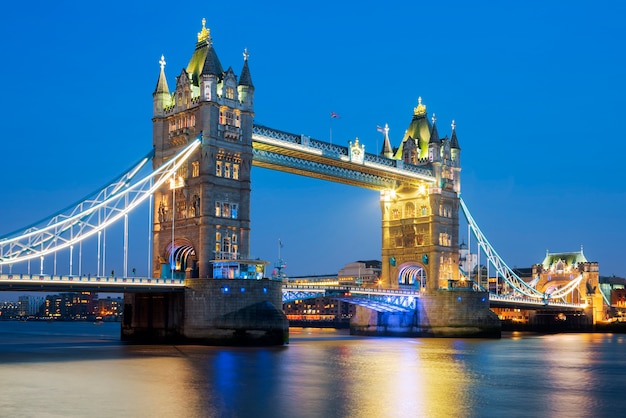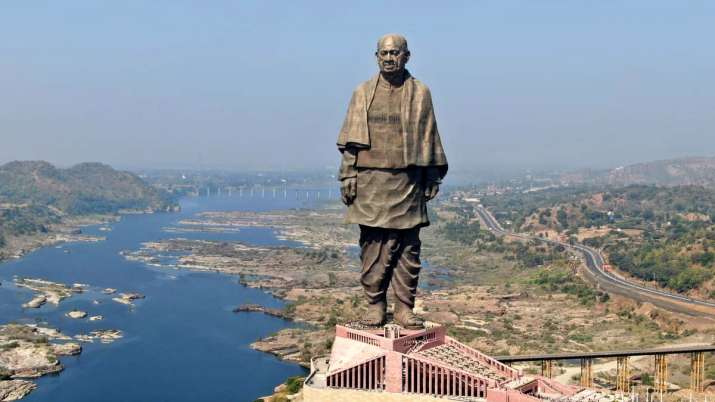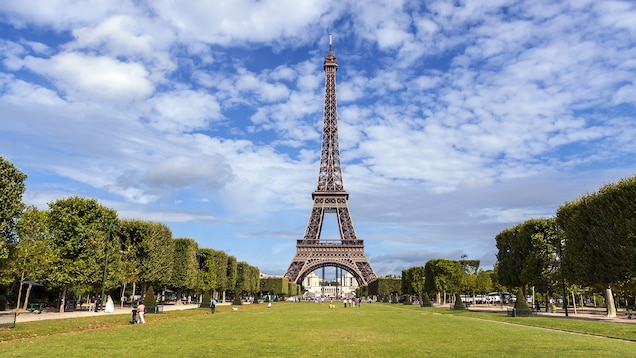The World's Top 10 Largest Economies in 2022

We are currently experiencing an economic changing of the guard, in which the emerging economies – especially in Asia – are making enormous development progress and the hegemony of the West is becoming more and more unstable. The Covid-19 crisis appears to have accelerated this change: China, for example, was one of the few major economies to post growth over the past year, while the US and Europe were mired in deep recessions. Over the next few years, recent trends are likely to continue, with China and India continuing to close the economic gap with developed economies.
Knowing the economic situation in different countries will help you prepare for your global expansion. Many companies go abroad to access larger talent pools, enter new markets and diversify their teams to improve business continuity. As a guide, we have listed the 15 countries with the highest GDP in 2022. Click on any of the links for a more detailed overview of these top countries. This list is based on the latest available data from the World Bank.
- United States: $20.89 trillion
- China: $14.72 trillion
- Japan: $5.06 trillion
- Germany: $3.85 trillion
- United Kingdom: $2.67 trillion
- India: $2.66 trillion
- France: $2.63 trillion
- Italy: $1.89 trillion
- Canada: $1.64 trillion
- South Korea: $1.63 trillion
1. United States of America
Nominal GDP: $ 20.89 trillion
GDP per capita: USD 63,413
GDP – Purchasing Power Parity (PPP): USD 20.89 trillion

Many factors contribute to the success of the United States. An entrepreneurial environment that encourages hard work and long hours certainly helps. Decentralized government, advanced research universities and a favorable regulatory environment also contribute. The United States is likely to always be at the top of the world in terms of GDP.
2. China
Nominal GDP: $ 14.72 trillion
GDP per capita: USD 10,434
GDP – Purchasing Power Parity (PPP): USD 17,204

China’s economy, one of the fastest growing economies in the 21st century and now ranked second among the world’s largest economies, is currently estimated at a GDP of $ 14.86 trillion. The Chinese Belt and Road initiative, which effectively integrates its foreign and economic policies, has stepped up promoting the use of the Chinese renminbi for settlements. The country has an increasingly influential role in the world economy. After the financial crisis in 2008, it contributed the most to global growth.
3. Japan
Nominal GDP: $ 5.06 trillion
GDP per capita: $ 39,048
GDP at purchasing power parity: $ 5.24 trillion

The four main Japanese islands – Honshu, Hokkaido, Shikoku and Kyushu – make up almost 98% of Japan’s surface. Japan has the third largest economy in the world in terms of nominal GDP and the fourth largest economy in terms of purchasing power parity (PPP).
Japan is ranked among the most innovative countries in the world, as it is the world’s largest producer of electronic goods and the third largest producer of automobiles. The country generally has a surplus in annual trade and international investment. The workforce in the country is highly skilled and skilled, which has proven to be crucial in the growth of organizations. All of these factors contribute to Japan being one of the leading countries in terms of GDP.
4. Germany
Nominal GDP: $ 3.85 trillion
GDP per capita: 45,466 USD
GDP at purchasing power parity: $ 4.45 trillion

Germany has the fourth largest GDP in the world. The total value of exports and imports is 86.9% of GDP. Germany is a European country whose biggest driver of the economy is service activities, including telecommunications, healthcare and tourism.
The state uses a social market economy that emphasizes the value of open market capitalism and also provides a number of guarantees for social services. Due to its skilled workforce, highly developed infrastructure and technological knowledge, the country ranks first in the world in terms of entrepreneurship.
5. United Kingdom
GDP – nominal: $ 2.76 trillion
GDP per capita: $ 39,229
GDP at purchasing power parity: $ 2.98 trillion

The United Kingdom (UK), also known as the United Kingdom of Great Britain and Northern Ireland, consists of England, Wales, Scotland and Northern Ireland. It is the fifth largest economy in the world and the second largest in Europe in terms of GDP. The United Kingdom ranks high in its annual Global Competitiveness Reports and the World Bank’s Ease of Doing Business.
6. India
Nominal GDP: $ 2.66 trillion
GDP per capita: $ 1,877
GDP at purchasing power parity: $ 8.68 trillion

The Republic of India is a federal democracy consisting of 29 federal states and 7 federal territories. It is the largest democracy and the sixth largest economy in the world. India has thriving manufacturing, technology and service sectors. Since 2014, the inflow rate of foreign direct investment to India has been steadily rising as the government has incorporated some key policy changes to enable this growth. As a result, India will become one of the countries with the highest GDP in 2022.
Some strategic measures have been taken to promote India’s business environment, including reforms to address bottlenecks in key business areas, reduce minimum capital requirements and simplify the process of obtaining the necessary permits.
7. France
Nominal GDP: $ 2.63 trillion
GDP per capita: 39,257 USD
GDP at purchasing power parity: $ 2.95 trillion

France is the seventh largest economy in the world. It is the most visited destination in the world and therefore has a thriving tourism industry. Foreign trade is also an essential component of its economy.
The value of imports and exports represents 63% of the country’s GDP. Strong property rights protection and an effective regulatory framework encourage investors. France ranks 32nd on the World Bank’s 2019 Ease of Doing Business ranking. Foreign actors operate in various sectors, and 31 of Fortune’s 500 companies are from this reputable EU member state.
8. Italy
Nominal GDP: $ 1.88 trillion
GDP per capita: $ 30,657
GDP at purchasing power parity: $ 2.42 trillion

The Italian economy is the third largest in the euro area and the eighth largest in terms of GDP. In addition to a large economy, Italy is also one of the most influential countries in Europe; is a key member of the euro area, the EU, the G7, the OECD and the G20.
Italy’s diversified economic growth is driven by the consumer goods industry. The expenditure side of GDP includes 61% of household consumption, 19% of government expenditure and 17% of gross fixed capital formation. Exports of services and goods contribute 30% of GDP and imports 27%, which contributes 3% to GDP.
9. Canada

Nominal GDP: $ 1.64 trillion
GDP per capita: 42,080 USD
GDP at purchasing power parity: $ 1.81 trillion
The Canadian economy is based primarily on services. The threshold for foreign investment in Canada is CAD 5 million for direct investment and CAD 50 million for indirect investment. The country has also been a key member of the World Trade Organization (WTO) since 1995.
Due to bilateral and regional free trade agreements, it also has extensive trade ties with many countries. With a well-educated workforce, multicultural / multilingual coexistence, a thriving economy, and government support for business start-ups, Canada is a preferred investment destination.
10. South Korea

Nominal GDP: $ 1.63 trillion
GDP per capita: $ 30,644
GDP at purchasing power parity: $ 2.29 trillion
Until the 1960s, South Korea was considered a developing country. Due to far-reaching economic reforms (called the Hangang River Miracle), the country’s economy has entered a period of rapid growth (about 10% annual growth for more than 30 years). Today, South Korea’s GDP is about $ 2 trillion and is one of the most developed and industrialized countries in the world.
South Korea attaches great importance to education, innovation and investment in research and development. The country has a highly skilled workforce that earns a high average household income. The majority of the country’s GDP is accounted for by services (59%), industry by 38% and agriculture by 2%.